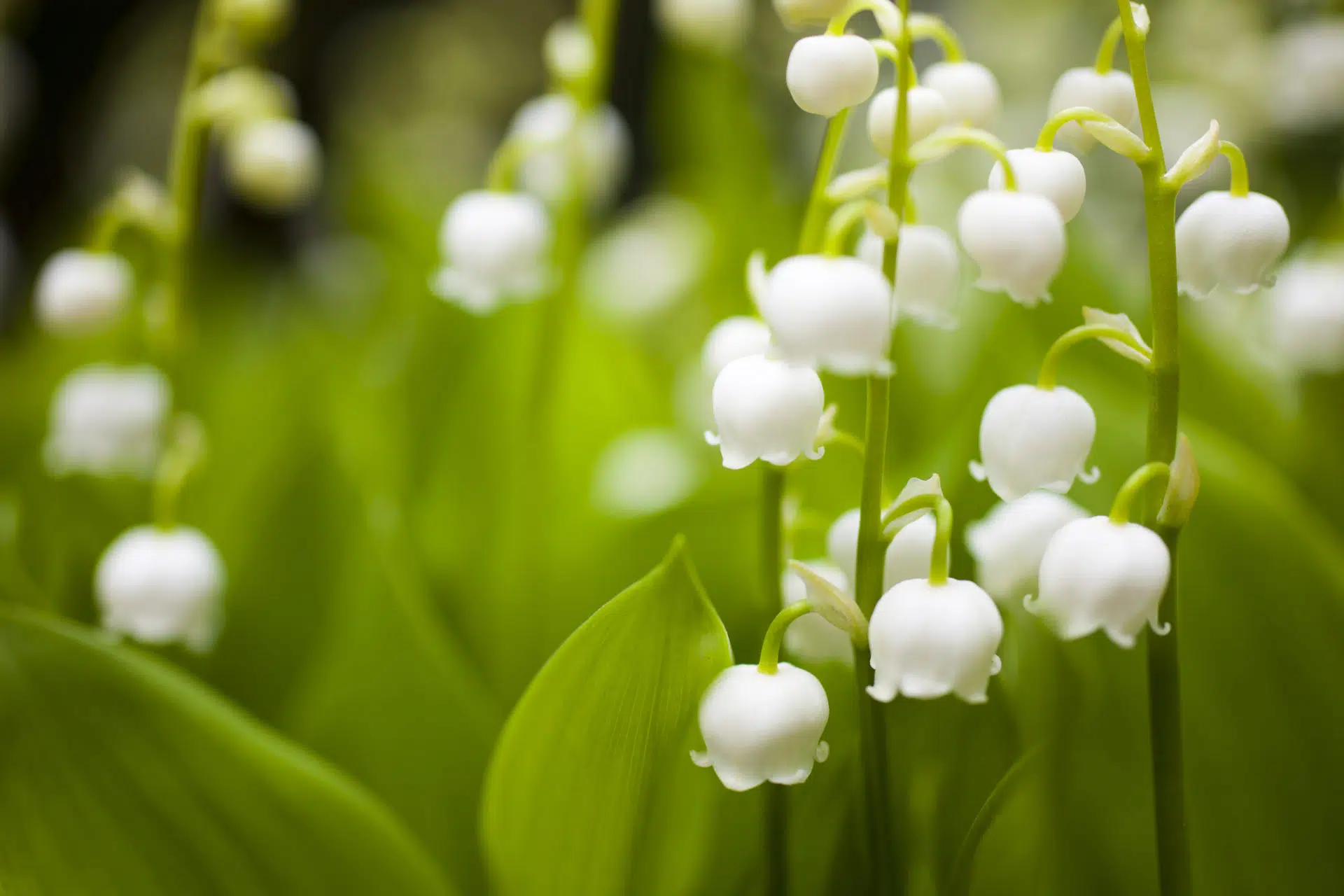Birds
By Location to View

Looking for something in particular? Click here to search.

Setophaga coronata
Yellow-rumped Warbler
Voice: Song- high-pitched musical trill with a variable ending. Call-the common call is a dry check. Yellow-rumped warblers, other wised known as butter butts, are one of the first migrant... more

Setophaga petechia
Yellow Warbler
Voice: Sweet, high and clear notes, “Sweet, Sweet, Sweet, I’m so sweet.” Yellow warblers are one of the easiest warblers to recognize in Ohio. They are properly named yellow warbler... more

Sphyrapicus varius
Yellow-bellied Sapsucker
Voice: Nasal, catlike meowing; drumming sound like Morse code. Yellow-bellied sapsuckers are primarily forest dwelling birds but they tend to favor young woodlands and riparian habitats. They are the only... more

Hylocichla mustelina
Wood Thrush
Voice: Song-a series of rich flute-like notes “ee-oh-lay.” Call-a rapid “pit-pit-pit.” Considered one of the most common woodland birds of the east, wood thrushes are best known for their ethereal... more


Troglodytes troglodytes
Winter Wren
Winter wrens were first described in 1758 by Carolus Linnaeus a Swedish botanist, physician and zoologist. It is the only wren to be found outside the Americas, occurring also in... more

Zonotrichio albicollis
White-throated Sparrow
Voice: Song: Clear whistles of “Oh sweet Canada, Canada, Canada,” Call: Sharp, Volatile, “Chink.” Across most of the eastern and southern U.S, white-throated sparrows are familiar backyard fall and winter birds. They can be found along edges of woodlots, hedgerows, thickets, and in city parks during the winter. The two different... more

Sitta carolinensis
White-breasted Nuthatch
Voice: Males late winter and spring low-pitched wha-wha-wha. Year round, both sexes loud, nasal yank repeated a few times in a row. White-breasted nuthatches are common feeder birds found year... more

Baeolophus bicolor
Tufted Titmouse
Voice: Song: Peter, Peter, Peter; Call: scratchy scolding tsee-day-day-day Tufted Titmice are common in deciduous or mixed evergreen deciduous forests below 2,000 feet in elevation. They typically like areas with... more

Piranga olivacea
Scarlet Tanager
Voice: Song: 4-5 raspy phrases that sound like a robin with a sore throat Call: chick-burr Despite the males striking color scarlet tanagers can be difficult to spot in the summer. They spend most of their time in the dense canopy... more

Arcilochus colubris
Ruby-throated Hummingbird
Voice: Males sing a constant series of monotonous chips early in the day. Both sexes make high chips and speaks while in flight or being chased. Ruby-throated hummingbirds are found in open deciduous woodlands of... more

Agelaius phoeniceus
Red-winged Blackbird
Voice: Call gurgling “oak-a-lee.” a dry “chek” and “cheer.” Song starts with an abrupt note that turns into a musical trill often includes raspy “conk-a-ree.” Red-winged blackbirds are one of... more

Buteo lineatus
Red-tailed Hawk
Voice: Fast, high pitch scream, “Keeyer, Keeyer, Keeyer.” Red-tailed hawks are probably the best known and most widely distributed of all North American birds of prey. These common roadside birds... more

Buteo lineatus
Red-shouldered Hawk
Voice: Fast, high pitch scream, “Keeyer, Keeyer, Keeyer.” Red-shouldered Hawk’s robust body, broad wings, short tail and soaring flight make is a perfect fit for the Buteo family. This crow... more

Melanerpes erythrocephalus
Red-headed Woodpecker
Voice: “kweer , kweer, kweer” While the red-headed woodpecker is not one of the most common birds at The Holden Arboretum, it is one of the most noteworthy. According to... more

Melanerpes carolinus
Red-bellied Woodpecker
Voice: Harsh rolling churr by both sexes or a cha, cha, cha by mates In early spring red-bellied woodpeckers in forests, woodlands, and wooded suburbs tap on trees, gutters, roofs... more

Dryocopus pileatus
Pileated Woodpecker
Voice: “cuk-cuk-cuk-cuk-cuk” This crow size bird is the largest woodpecker in Ohio. Although despite is size in large tracts of mature forest the Pileated Woodpecker is heard more often then... more

Colaptes auratus
Northern Flicker
Voice: Song: a piercing, descending klee-yer or keeew is given year-round. Drum: a long, simple roll of 25 beats over a second, often interspersed with long wick wick wick series. Northern flickers can be found throughout most wooded regions of North America... more

Cardinalis cardinalis
Northern Cardinal
Voice: Repetition of short whistled phrases with some notes run together; sounds like birdy, birdy, birdy. Northern cardinals are probably the most easily recognized birds in Northeastern United States. They... more

Seiurus motacilla
Louisiana Waterthrush
Voice: three- four clear, whistled introductory notes that are a slurred upward, followed by a variable complex jumble of short, rapidly twitters. Call is brisk chick or chink. Louisiana waterthrushes... more


Bubo virginianus
Great Horned Owl
Voice: hoo- hoohoohoo—-hoo-hoo. Females produce higher pitched hoots. Great Horned Owls are the largest and most powerful of the common owls in Northeastern Ohio. They are found year round in... more

Myiarchus crinitus
Great Crested Flycatcher
Great crested flycatchers breed in the canopy of eastern deciduous forests. They can breed along edges of forest, and don’t require big stretches of unbroken forest canopy to thrive. In... more

Ardea herodias
Great Blue Heron
Great blue herons can be seen in almost every water habitat in Ohio in every season where unfrozen water is present. Their long specialized necks curl into S shape for... more
People for Trees™
Make a difference in
your own backyard.
Plant and care for a tree beginning with making a pledge. We will support each pledge with easy-to-follow instructional toolkits, guidance on how to select the most appropriate tree and where to purchase it, free virtual classes and other ongoing support.
Make a pledgeWhat can we help you find?
Popular searches:




